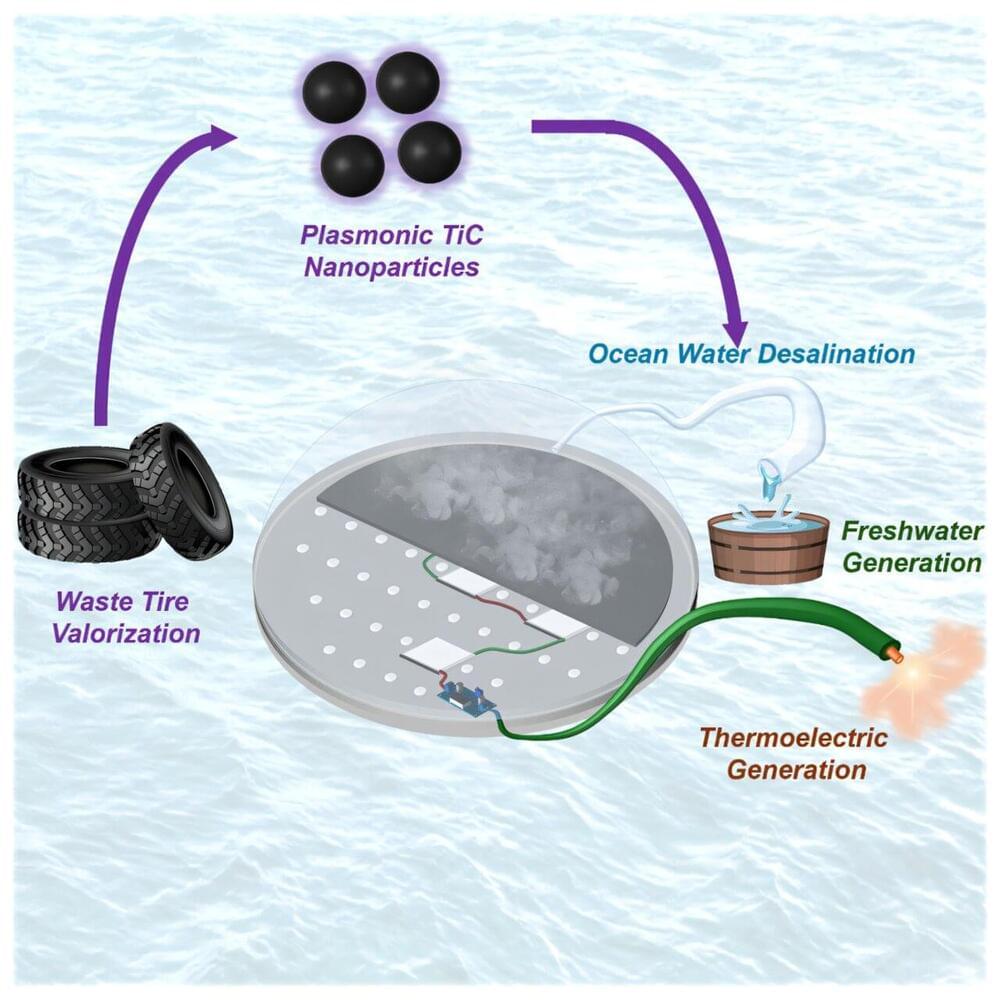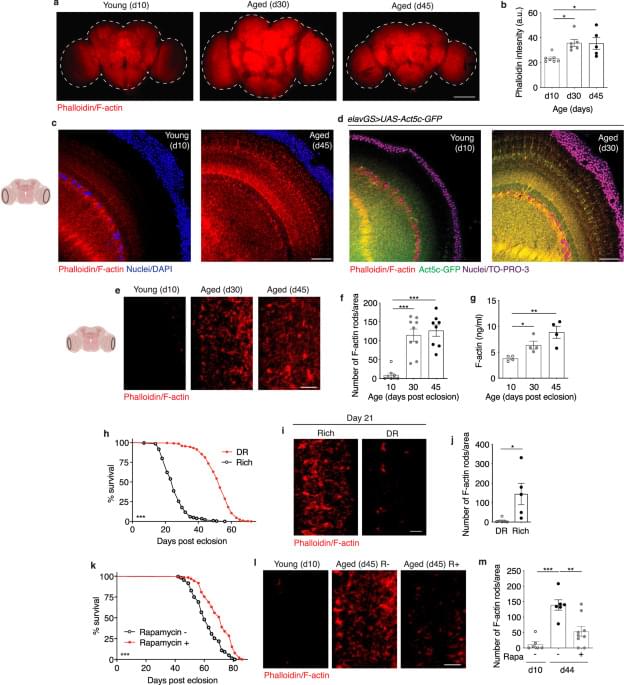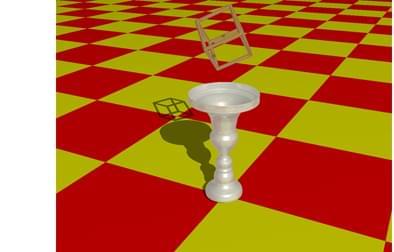Meteorites hold all five DNA and RNA bases, hinting that life’s ingredients may come from space!
Meteorites Contain All DNA and RNA Bases, Hinting at Space Origins for Life
A recent study published in Nature Communications reveals that meteorites contain the five nucleobases essential for life’s genetic code, suggesting a possible extraterrestrial origin for some of life’s building blocks. Scientists, including astrochemist Daniel Glavin from NASA’s Goddard Space Flight Center and geochemist Yasuhiro Oba from Hokkaido University, discovered adenine, guanine, cytosine, thymine, and uracil in meteorites that landed in various locations around the world. These nucleobases combine with sugars and phosphates to create DNA and RNA, the molecules responsible for storing genetic information in all life on Earth.









